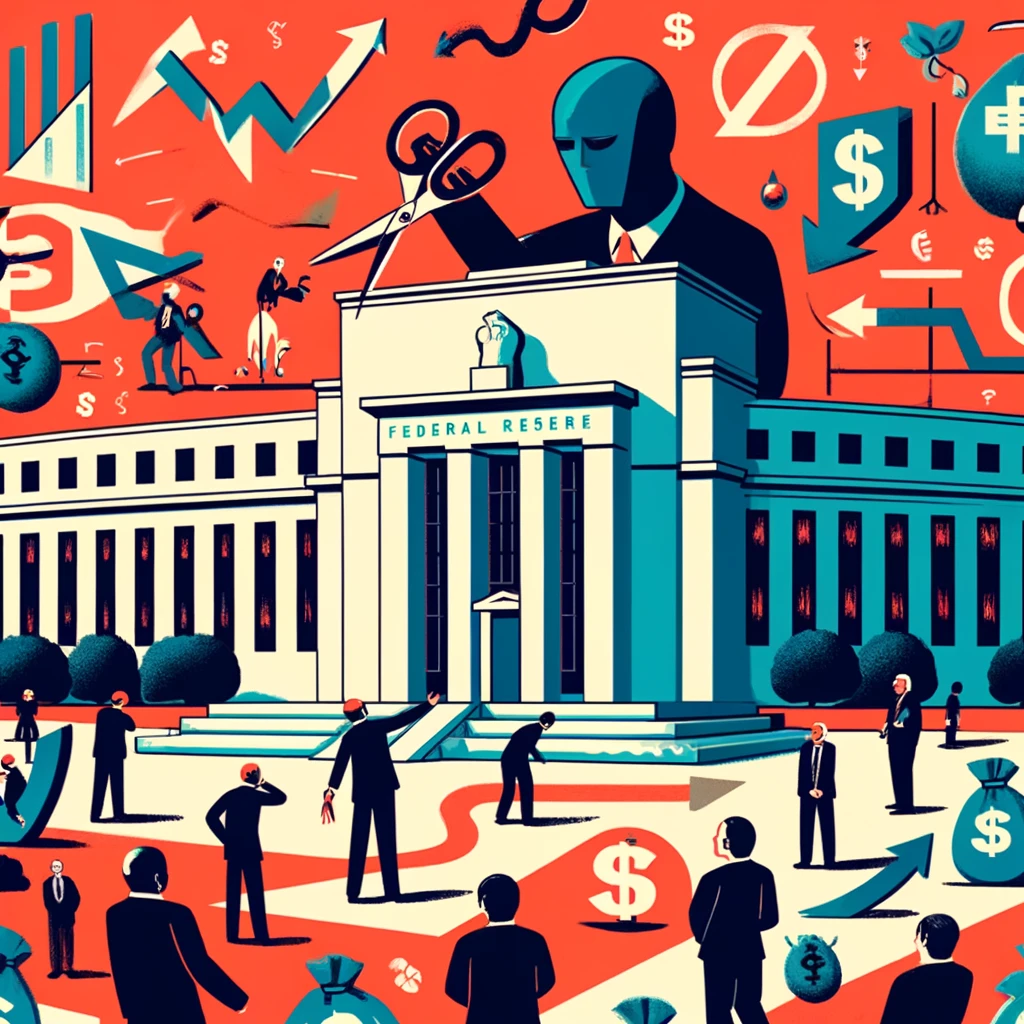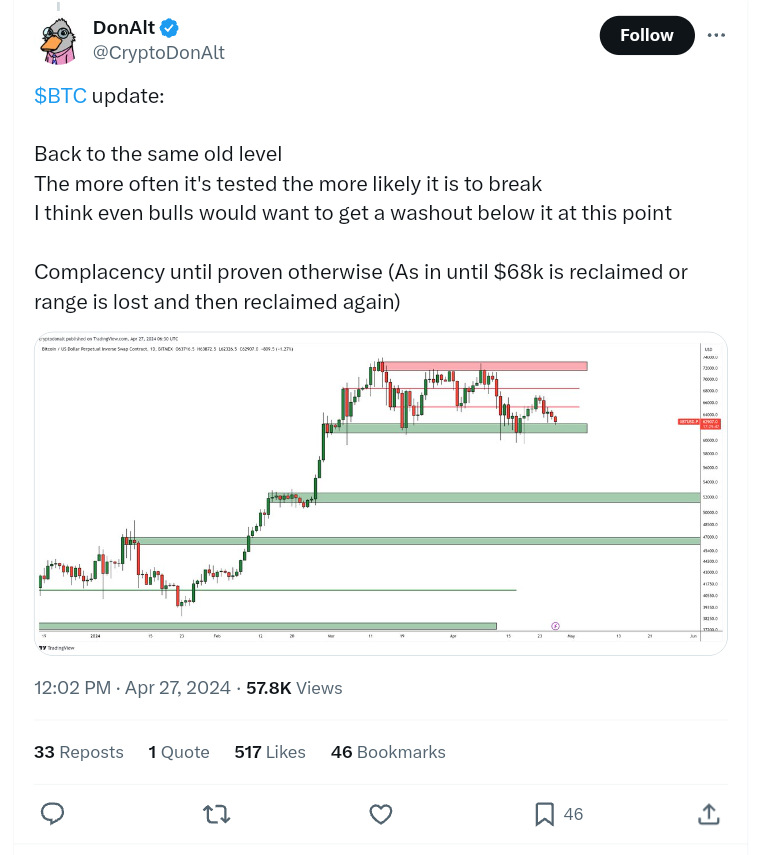Federal Reserve reiterates that it doesn’t care about cutting rates
Loretta Mester, President of the Federal Reserve Bank of Cleveland, has recently stated that the central bank is not in any rush to reduce interest rates despite ongoing discussions about the state of the economy.
According to Mester, while the expectation remains for inflation to decrease further, substantial data supporting this trend towards the Federal Reserve’s goal of 2% inflation is still needed. Speaking at an event in Chagrin Falls, Ohio, Mester said:
I still am expecting inflation to come down but I do think that we need to be watching and gathering more information before we take an action.
Earlier in the year, Mester considered the possibility of up to three rate cuts but labeled it a “close call.” The Federal Reserve officials are sticking with a wait-and-see approach, maintaining interest rates between 5.25% to 5.5% since last July. Recent data for the first quarter has shown higher-than-expected inflation rates, suggesting a longer timeframe might be needed to achieve the inflation target.
Our top boy Jay Powell has also signaled a cautious view.
Earlier this week, he highlighted the necessity of allowing more time for the current policy measures to take effect, suggesting that the Fed is prepared to keep the rates steady for “as long as needed” if inflation does not ease. These remarks reflect a tone shift from earlier expectations that 2024 would see inflation reducing to 2%, thereby allowing a gradual reduction of interest rates from their two-decade peak.
However, the reality has been different with price gains proving more persistent due to a resilient economy and a strong job market. “Price gains have proven much stickier than anticipated,” Powell noted, implying that borrowing costs are likely to stay higher for a longer period.
This adjustment in perspective is important for global economic policies, as it affects financial markets and economic activities worldwide.

Inflation pressures have been notably stubborn in sectors like housing and insurance. Housing costs, which form a major part of the consumer price index, have not shown the expected downturn despite reports of rent growth slowing in some statistics.
This sluggishness in reflection within the CPI is due in part to the structure of the index where rent changes are recorded biannually. Meanwhile, insurance costs have surged, with auto insurance rates jumping 22.2% through March—the sharpest increase since 1976, driven by more complex and thus more expensive car repairs.
Energy costs have also been on the rise, notably oil prices, which have increased due to geopolitical tensions in the Middle East, translating to higher gasoline and electricity prices. Central bankers are focusing on core inflation measures, which exclude volatile food and energy prices, yet even these figures have remained high, driven by robust labor market conditions.
In December, Powell’s comments regarding potential rate cuts spurred optimism in financial markets, mimicking an effective rate cut. However, Powell has recently considered the possibility that disinflation has stalled, increasing the threshold for rate reductions. This cautious outlook by Powell aligns with market sentiments, where traders now see fewer rate cuts than initially expected earlier in the year.
Market responses to Powell’s December statements have seen huge financial impacts, with substantial increases in stock and bond values. This investment surge has softened financial conditions significantly, despite the Federal Reserve’s stringent policies over the past two years.






